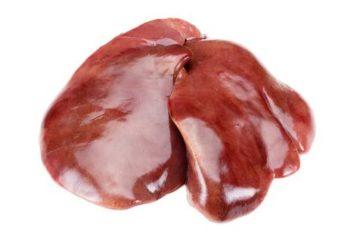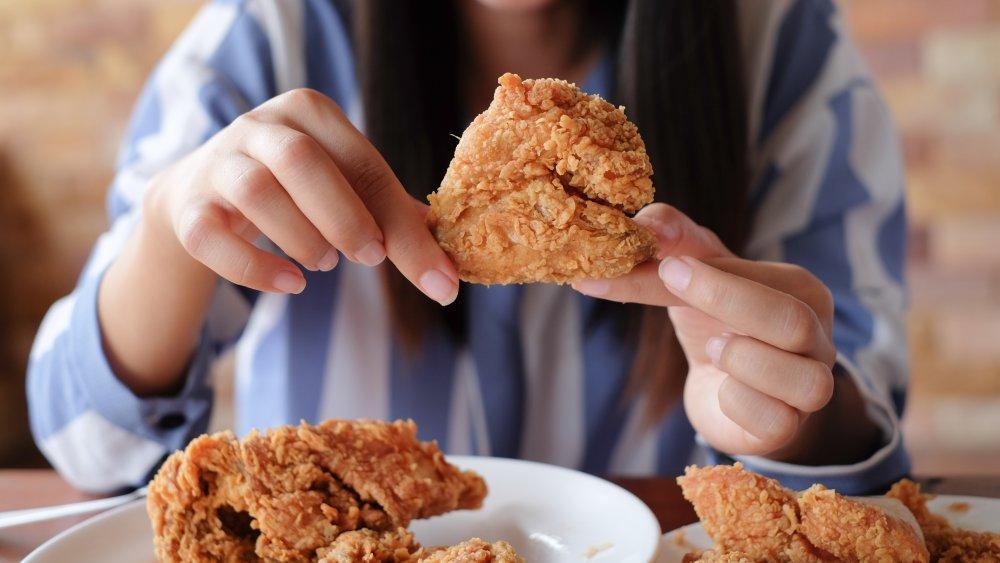Maintaining strong quality control standards is critical when it comes to exporting chicken feet. Chicken feet exporter Turkey are becoming increasingly popular around the world, notably in Asian countries where they are considered a delicacy. As an exporter, maintaining the highest quality standards is critical for establishing customer trust and a strong market reputation.
Sourcing from Reliable Suppliers
It is critical to collaborate with recognized suppliers who adhere to proper farming practices in order to maintain quality control. It is critical to select suppliers who prioritize animal care, provide nutritious feed, and maintain basic cleanliness standards. Regular audits and inspections of farms can assist guarantee that quality standards are met.
Health and Safety
Throughout the production and export process, proper health and safety practises must be observed. This includes keeping the area clean and sanitary, establishing adequate biosecurity measures, and doing frequent health checks on the chickens. It is critical to prevent the spread of infections that could degrade the quality of chicken feet and endanger consumers.
Processing and Packaging
The processing and packaging stages are crucial in preserving the quality of chicken feet. To satisfy international standards, it necessitates meticulous cleaning, sorting, and packaging. Contaminants like as feathers, dirt, and foreign items should be removed from the foot. During the processing step, quality control workers should be educated to detect any defects or irregularities.
Temperature Control
Maintaining proper temperature control during transit and storage is critical to preventing spoiling and preserving the quality of the chicken feet. Cold chain management is essential for ensuring that products remain at the proper temperature throughout the supply chain. To avoid temperature changes, refrigeration systems and transportation vehicles must be monitored and maintained on a regular basis.
Traceability and Documentation
Accurate and complete records are required for quality control. Implementing a strong traceability system enables tracking of the origin, processing, and distribution of chicken feet. This aids in the identification and resolution of any quality issues that may develop. Furthermore, the essential documentation, including health certificates, should be in place to comply with different nations’ import requirements.
Quality Assurance Testing
It is critical to conduct frequent quality assurance tests to guarantee that the chicken feet fulfil the needed requirements. Microbiological analysis, chemical residue testing, and sensory evaluations are examples of these tests. Collaboration with recognized laboratories can give dependable results and aid in the identification of potential dangers or deviations from quality parameters.
Compliance With Norms
Exporting chicken feet necessitates adherence to a number of international norms and standards. It is critical to stay current on the latest standards, particularly those governing food safety, hygiene, labelling, and packaging. Following these criteria ensures that the exported chicken feet are safe to eat and fulfil the requirements of the importing countries.
To summarise, tight quality control in chicken feet export is critical to meeting customer expectations, ensuring food safety, and building a respected brand. Every stage, from sourcing through processing, packaging, and shipping, should be closely monitored and managed. Exporters can develop long-term connections with consumers and help to the success of the chicken feet export sector by adhering to the highest quality requirements.




link link
I confirm. I agree with told all above.
www url
It agree, rather the helpful information